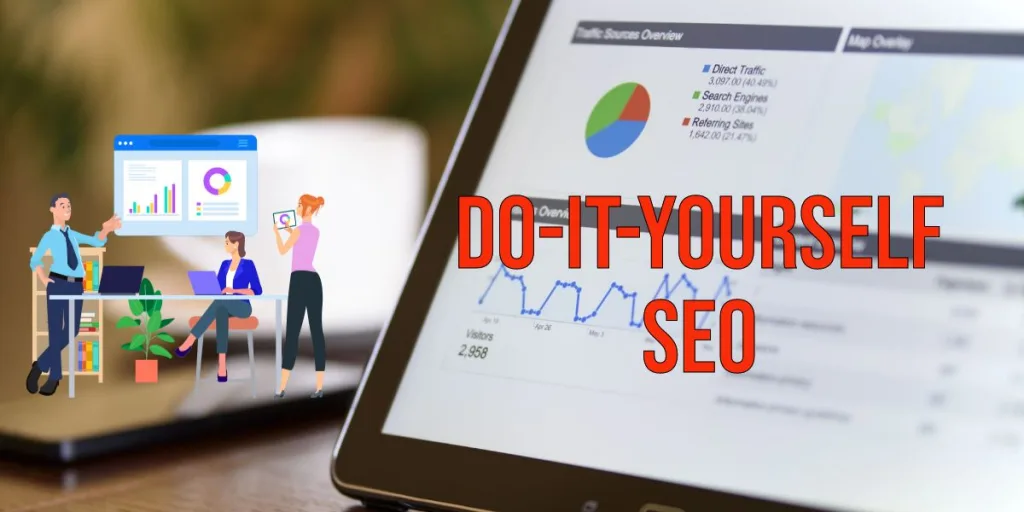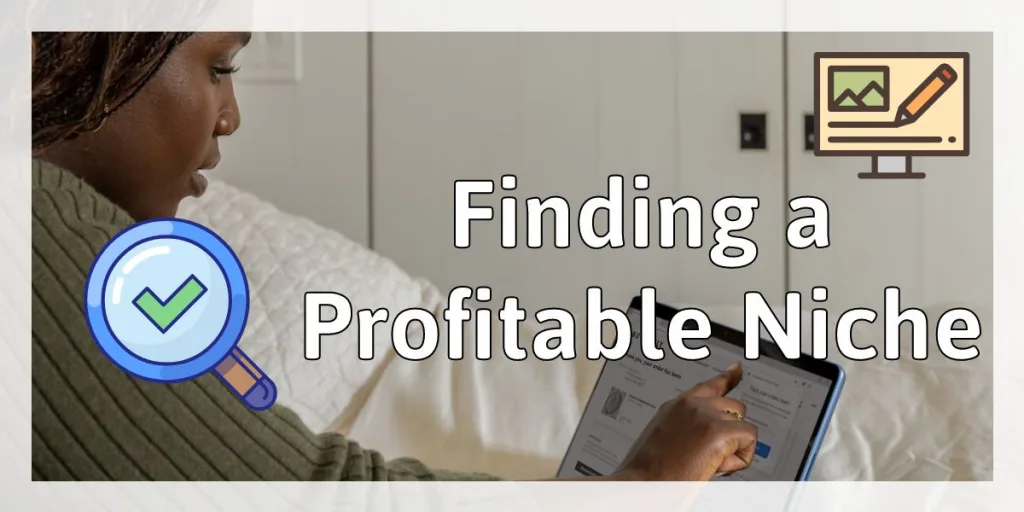Do-it-Yourself SEO ( DIY SEO ) : Your business can grow phenomenally if you could manage to rank your website high in Google’s search engine results. One way to do this is to hire the services of a search engine optimization company. But if you have sufficient time to devote to SEO, you can affect those changes to your website yourself.
Do-it-Yourself SEO Step One – Keyword Research
Think of the words your customers could type in the search engine when they are looking for the services or products your company offers. A keyword can either be a single word or multiple words called keyphrase. In fact, multiple keywords or keyword phrases are somewhat preferred because as more words are added to a keyword, it becomes more spot on and specific. This will then be more likely to describe what your visitors will actually be looking for.
It is a good idea to gather as many keywords as possible after brainstorming with your team. You may focus on geographical phrases like ‘computer repair Alberta’, if it suits your business. It is also a good practice to pay a visit to your competitors’ websites to get an idea. Try to make a list of at least 30 keyword phrases.
Now out of these 30 keywords, select two keyword phrases that you think will be the most likely searched for terms. As a general principle, the more competition a keyword has the more difficult it is to get it ranked in Google. So if you will like to rank for a keyword ‘cars’, it might take ages. So your best bet is to select keyword phrases with more than one word. It is generally advisable to start with 3 words key-phrases.
Step Two – Web Content
After you have selected two best keyword phrases for your website, the next thing to do is to improve your home page focused on these two keywords.
Web content is all the sentences and text that is present on a website. When it comes to search engines content is king, therefore, it is absolutely essential that the keywords you selected are used strategically on your webpage to convince Google that your webpage is related to these keywords. It is therefore preferred to use keywords in good density on the webpage but at the same time remember that search engines are for human beings, so make it sure that your web copy is also human readable and well readable.
Given below are a few tips to give prominence to the keywords on a webpage:
- Use keywords in headings on webpage, more preferably at the start of a heading
- Ensure that keywords are used at the top section of the page
- Keywords may be italicized or bold where it seems appropriate
- When linking to another page on your website, use the keyword as hypertext
- It is also important to use the keyword or phrase in the Title tag of the webpage. WordPress and other blogging platforms mostly do this on their own. If you have a custom website, ask your developer to provide for this.
After your home page is ready with reference to the keywords, add more content about other keywords on other pages. If you do not have enough time to write all this content, you can outsource this on internet. Never use copied content from other websites.
Another important point to keep in mind is that search engines can not read images, therefore, it is not recommended that you use text in images because search engines will not be able to read this at all. Similarly embedding text in animations is also not advisable on seo front. Don’t forget to add your keyword to image alt tag , this is very important step in Do-it-Yourself SEO .
Step 3 – Backlinks
Search engines algorithms consider each link to your website as a vote of popularity on internet and improve your website ranking based on this. But it is more about quality than about the number of backlinks. In order to count as a backlink, it should be coming from a site that is relevant to your industry or niche, more preferably from sites that are already of high stature in the yes of search engines. Even 1 quality backlink is better than 100 links from random unrelated websites.
Make a list of websites that are relevant to your niche and are non-competing. Send out a well drafted friendly email to those website describing how the visitors to those websites could benefit from knowing about your services or business if the website owner places a link to your own website. Most people generally will ignore the first email. It is therefore recommended to make a followup call.
Do-it-Yourself SEO – How to Monitor SEO Results
Once you have done this, focus on keeping an eye on your search engine rankings during the next few months. You can do this by typing your chosen keywords in the search engine and keeping a track of your ranking. Also keep looking at your visitors statistics to know which keywords are leading visitors to your website. You can check our post Google Analytics to Multiply Your Traffic .
You can repeat the above steps for all the pages on your website. Always keep adding fresh content to your website and getting more backlinks.



